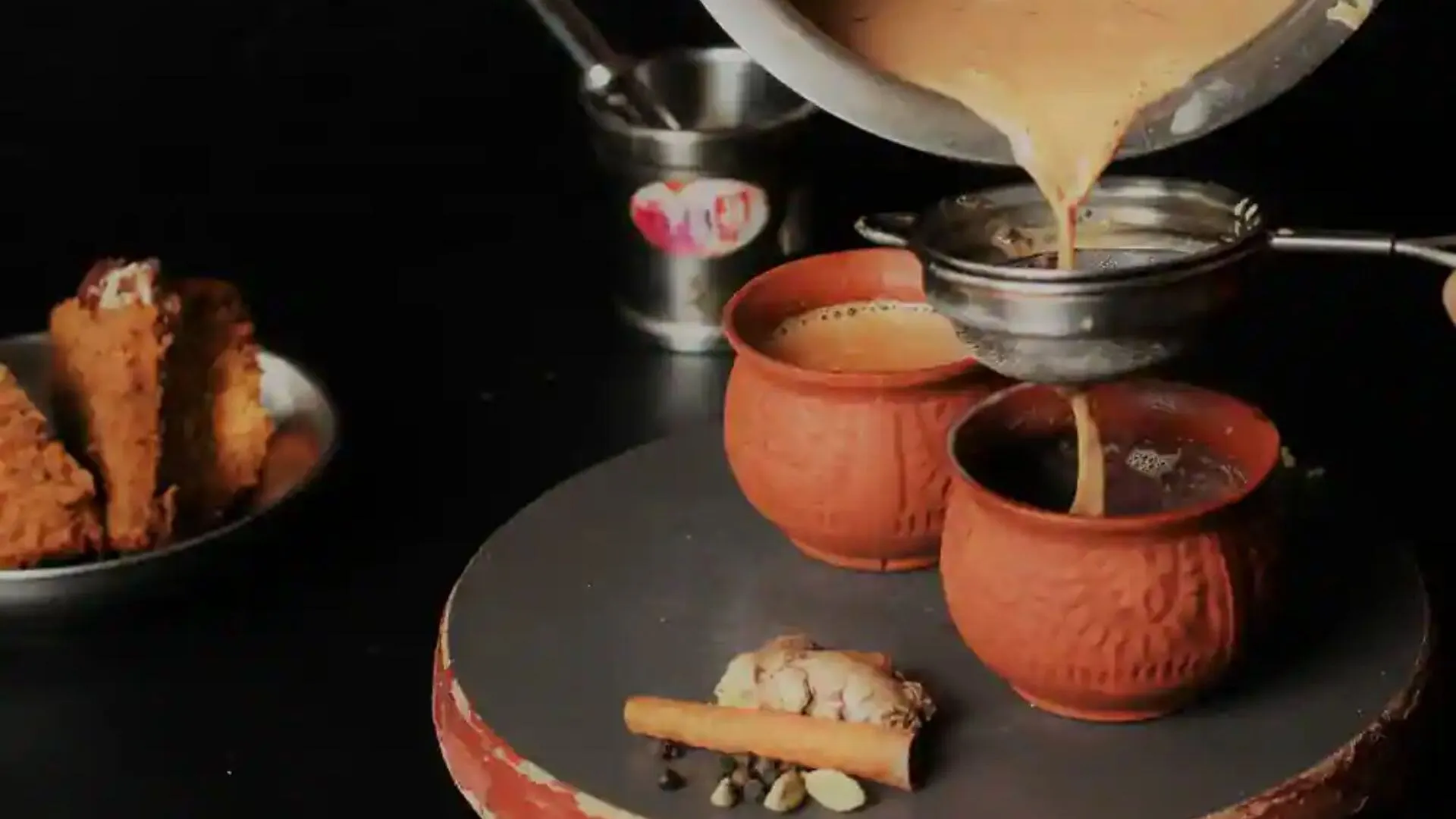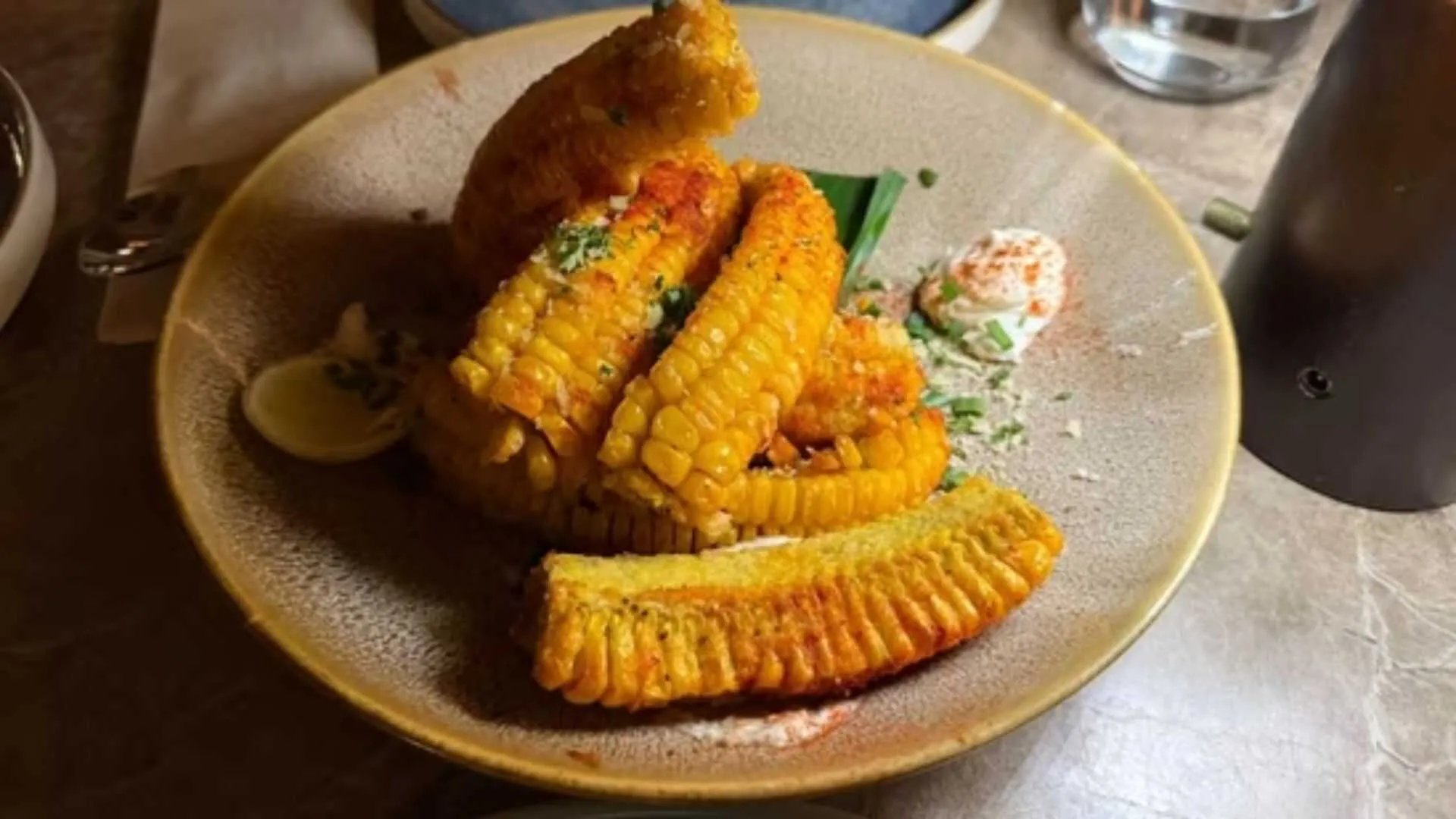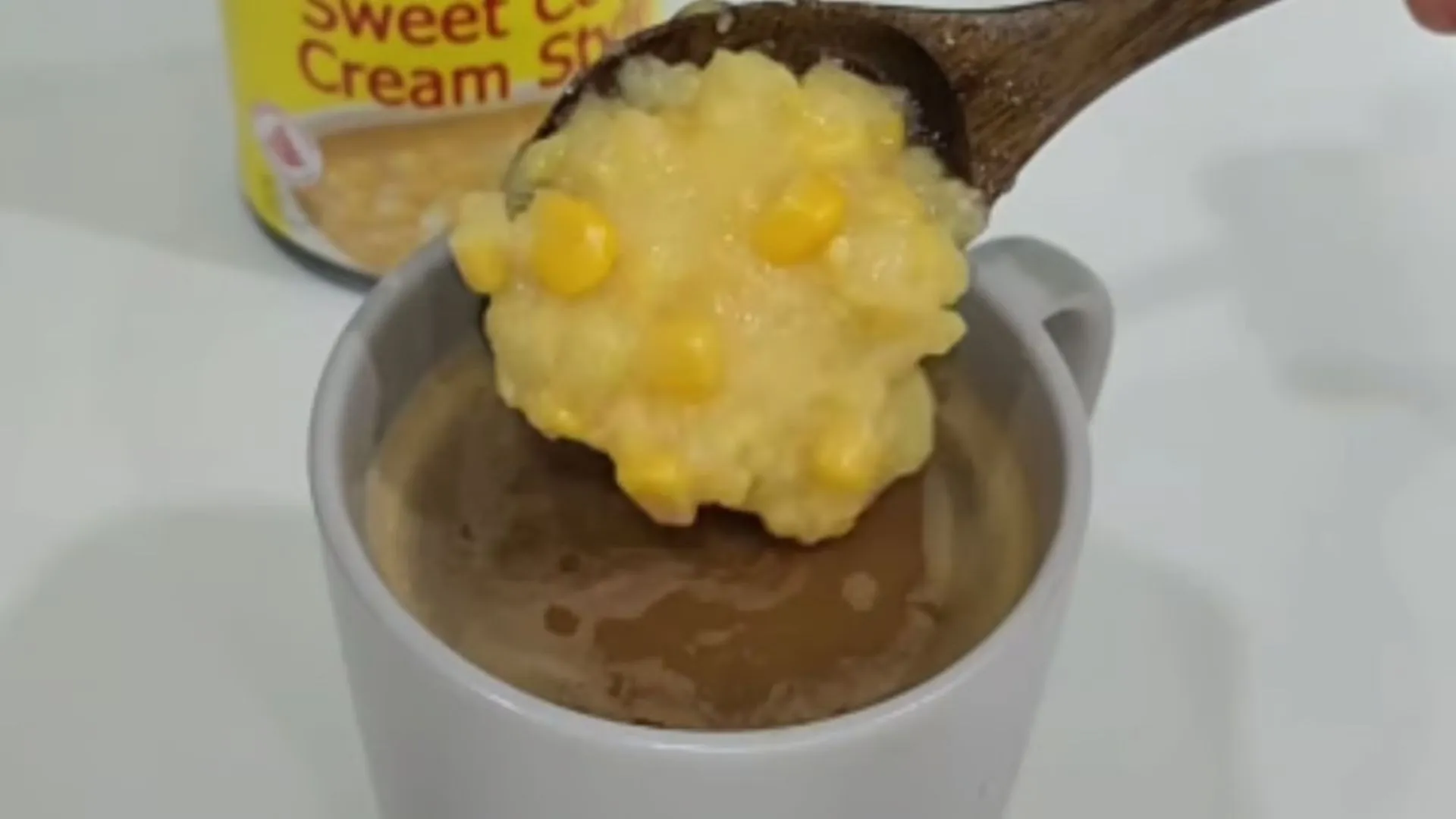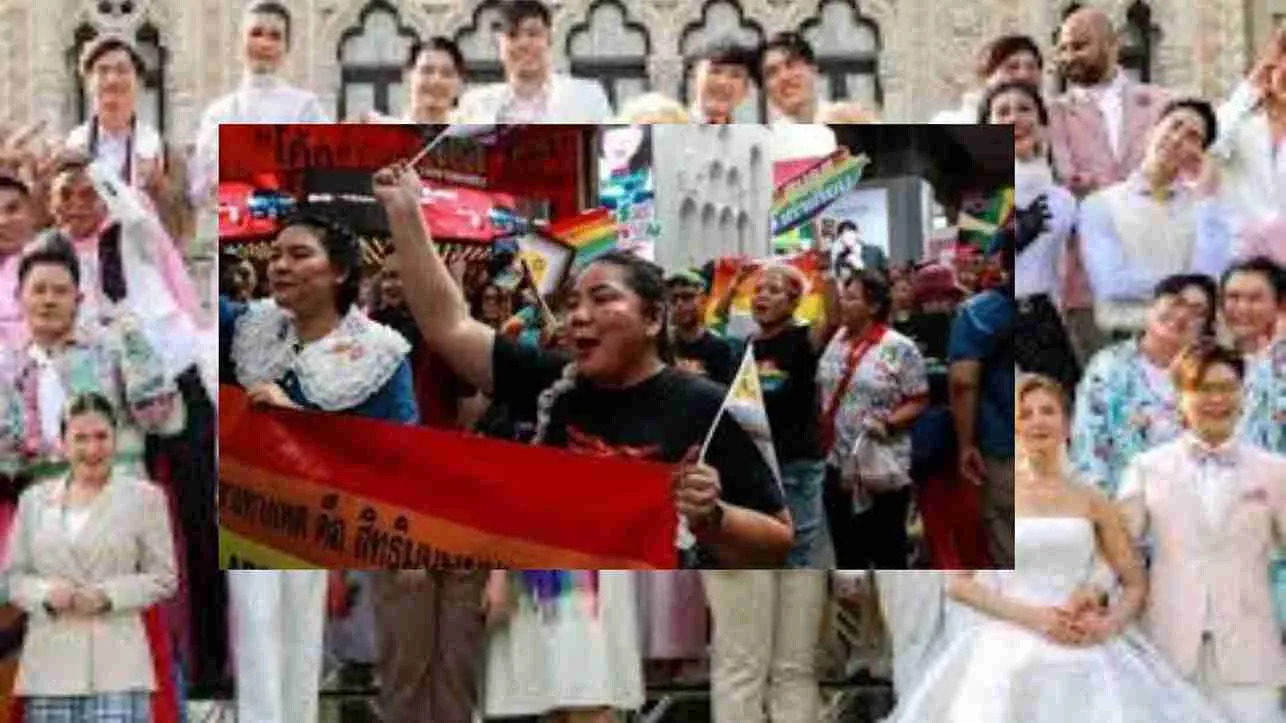In the colorful tapestry of Rajasthan’s culinary heritage, one dish stands out as a true symbol of the region’s rich flavors and vibrant culture – Panchkuta. This hearty and wholesome dish, with its medley of lentils and vegetables, has been delighting palates and nourishing souls for generations, earning a special place in the hearts and kitchens of Rajasthanis.
A Culinary Journey
Panchkuta, which translates to “five ingredients,” is a traditional Rajasthani dish that traces its roots back to ancient times. Legend has it that Panchkuta was first created by the desert-dwelling nomads who roamed the arid landscapes of Rajasthan, relying on simple yet nutritious ingredients to sustain themselves through the harsh conditions.
Ingredients and Preparation
True to its name, Panchkuta is made with a combination of five key ingredients – gram flour (besan), dried berries (ker), dry mango (amchur), sangri (a type of bean), and dried fenugreek leaves (kasuri methi). These ingredients are cooked together with an aromatic blend of spices such as cumin, coriander, and red chili powder, resulting in a dish that is both flavorful and fragrant.
The preparation of Panchkuta is a labor of love, requiring patience and skill to achieve the perfect balance of flavors and textures. The dried berries and mango add a tangy sweetness to the dish, while the sangri and fenugreek leaves impart a subtle bitterness that is characteristic of Rajasthani cuisine. The gram flour acts as a thickening agent, giving the dish its hearty consistency and satisfying mouthfeel.
Cultural Significance
Panchkuta holds a special place in Rajasthan’s culinary heritage, representing the ingenuity and resourcefulness of its people. In times of scarcity, when fresh produce was scarce and water was precious, Panchkuta provided sustenance and nourishment to those who called the desert their home.
Beyond its practical utility, Panchkuta is also steeped in cultural significance, serving as a symbol of community and togetherness. It is often prepared during festivals and special occasions, where it is shared among friends and family as a gesture of hospitality and goodwill.
Health Benefits and Nutritional Value
In addition to its rich flavor and cultural significance, Panchkuta also boasts numerous health benefits that have made it a staple in the diet of many Rajasthanis. The combination of lentils and vegetables provides a good source of protein and fiber, while the spices are believed to aid in digestion and promote overall well-being.
Preserving a Legacy
As Rajasthan continues to modernize and evolve, efforts are underway to preserve and promote the culinary heritage of the region, ensuring that dishes like Panchkuta continue to delight and inspire future generations.
Cooking classes, food festivals, and culinary tours are helping to raise awareness of Rajasthan’s rich gastronomic traditions, while also providing opportunities for local artisans and chefs to showcase their skills and expertise.
In conclusion, Panchkuta is more than just a dish; it is a testament to the resilience, creativity, and culinary prowess of the people of Rajasthan.
As the sun sets over the desert horizon, casting its golden glow upon the bustling markets and ancient forts, the timeless allure of Panchkuta serves as a reminder of the enduring spirit of this majestic land and its people.























